OBJECTS/PRINTS
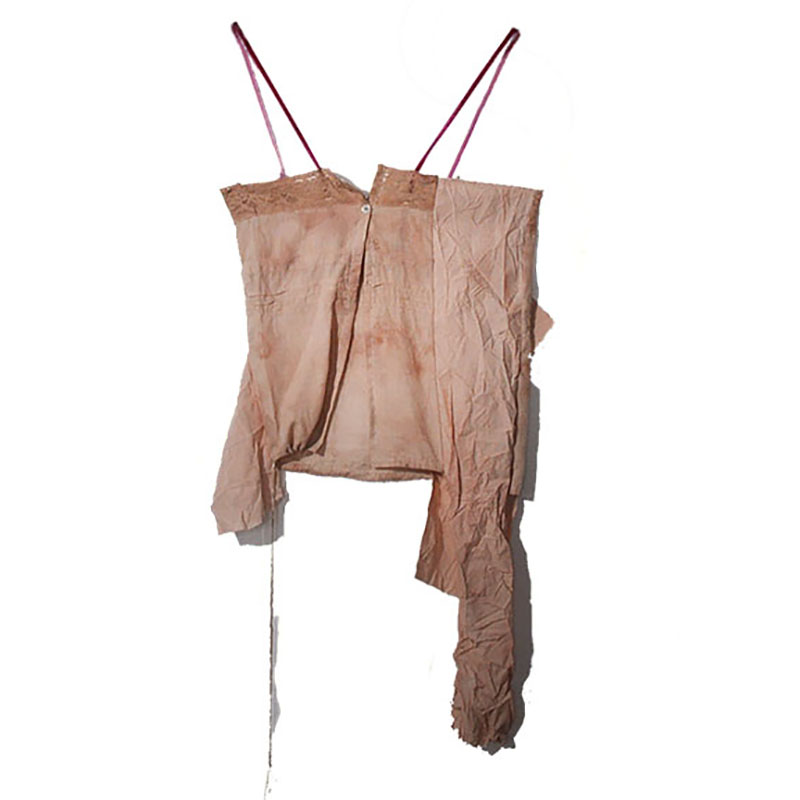
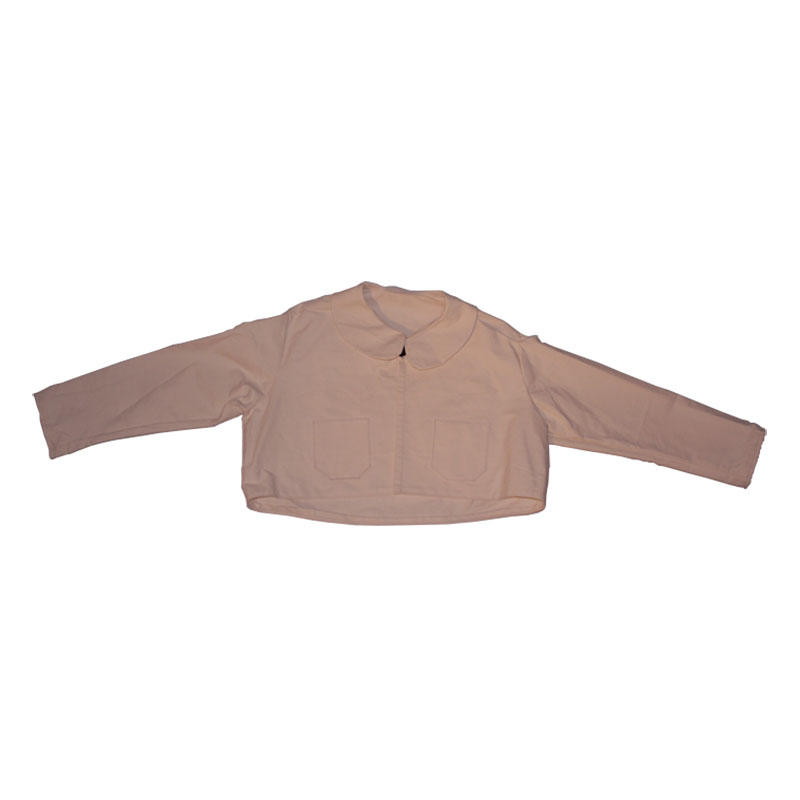

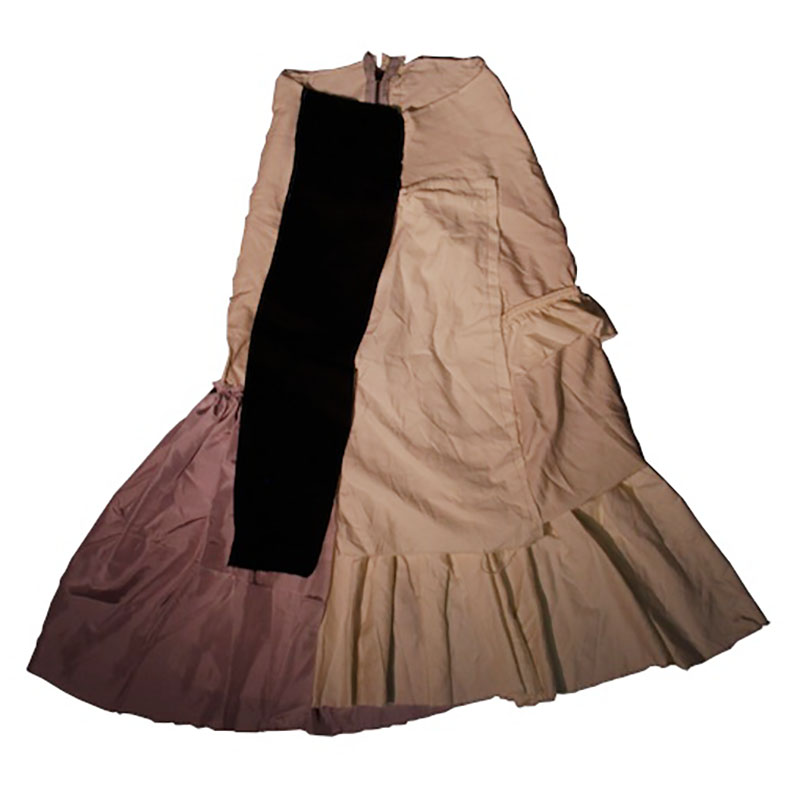
title: untitled
date: 2017
dimensions: variable
medium: naturally dyed cotton, silk, organic canvas, bed-linen scraps
credit: photography, Garrison Greenleaf
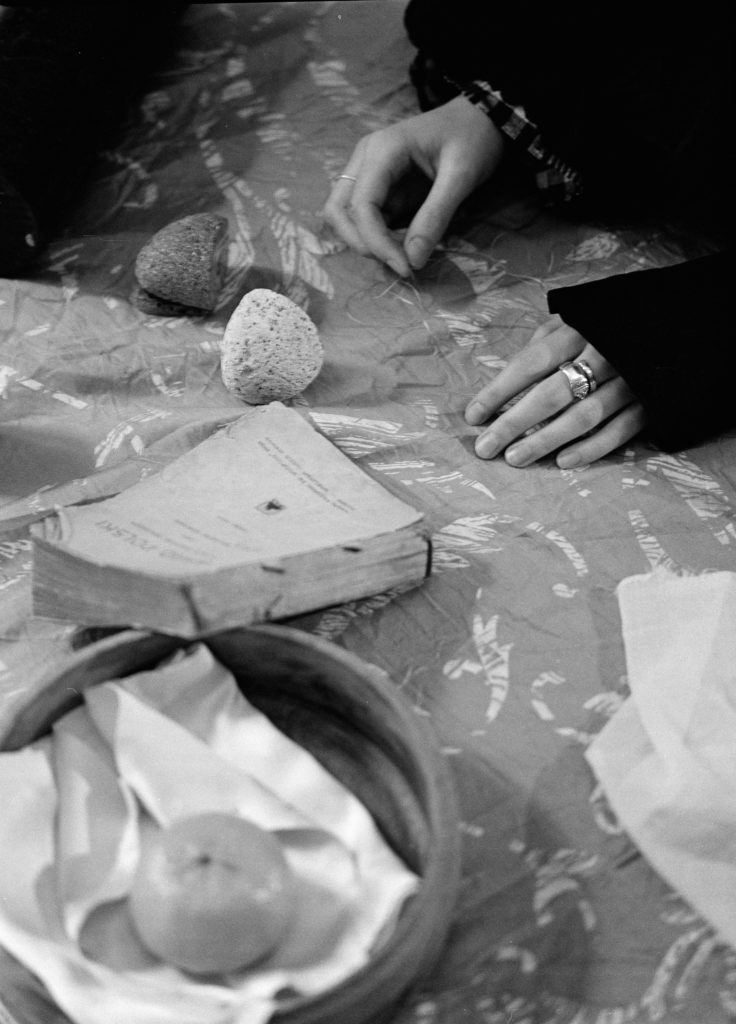
title: Lodz
date: 2017
dimensions: N/A
medium: Medium format, 120mm film
credit: Aidan Elias, Garment + Set Design, Onea Clare
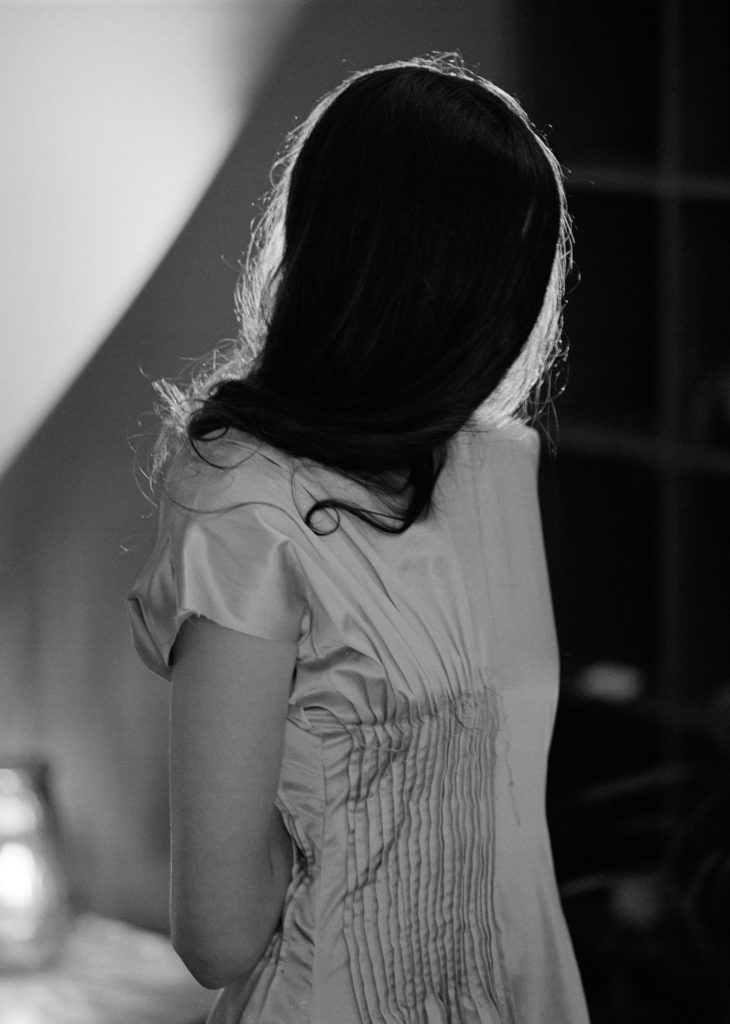
title: Lodz
date: 2017
dimensions: N/A
medium: Medium format, 120mm film
credit: Aidan Elias, Garment + Set Design, Onea Clare


title: Negatives / Positives
date: 1984 – 2017
dimensions: N/A
Medium: 35mm Black and White Film Negatives
“To take up the issue of the archive, one must address the archive in practice and the practioner. Personal archives take on an alternative form and purpose when utilized for analytic writing and discussion. My father’s personal archive of social activism work, between the years (roughly) 1960-1985, is central to my proposed critique of archivization. Archives, as spaces of consignment and relegation, act in counterintuitive ways, proving contestable and controversial. I draw on Jaques Derrida’s Archive Fever (1995), excerpts from Jane Bennett’s The Enchantment of Modern Life: Attachments, Crossings and Ethics and Jeanne Randolph’s Ethics of Luxury: Materialism and Imagination, to divulge the paradox of the archive, and the ways in which memory and materialism have opened up discourse around representation and simulation.
Through a process of necessary reduction I honed in on the Nicaragua Media Project, a counter to dominant news responses to the rise of the Sandinistas in Nicaragua, 1984. The project began during a curated trip to Nicaragua hosted by the Sandinista Cultural Association. As a result of the Nicaraguan revolution of 1979, Anastasio Somoza Debayle was ousted from presidency, ending the Somoza dynasty. The Sandinista National Liberation Front would remain in power until 1990 after an end to the civil war with the U.S. backed Contras. The Sandinista Cultural Association’s aim was to draw American artists and intellectuals to Nicaragua in an attempt to do the work of what would develop into the Nicaragua Media Project. My father, James Bradley, along with Marta Noemi Bautis, Lise Engel, Christopher Phillips, Mel Rosenthal, Mary Sabbatino, and Abigail Solomon-Godeau, compiled and installed a new image of Nicaragua. The first site of installation for the NMP was at the New Museum in New York City, 1984. According to their limited digital archive, the New Museum writes:
The image of Nicaragua, as presented in the media, is shown, along with alternative views by independent photojournalists and documentary photographers, in the Museum’s WorkSpace Gallery. The exhibition surveys the dominant themes and images through which Nicaragua has been presented in the most influential American newspapers and news magazines since the Sandinista Revolution in 1979. In addition, the process of editing news photography is examined, ranging from the contact sheet to the printed page, where new associations are created by accompanying text, captions, and graphic design. Represented are photographers from the United States, Canada, The Netherlands, France, West Germany, Mexico, Cuba, Chile, and Nicaragua.
The questions I will be exploring challenge the role of documentary photography in witnessing social and political upheaval, as well as the use of an archive in addressing such upheaval. ” (EXCERPT)
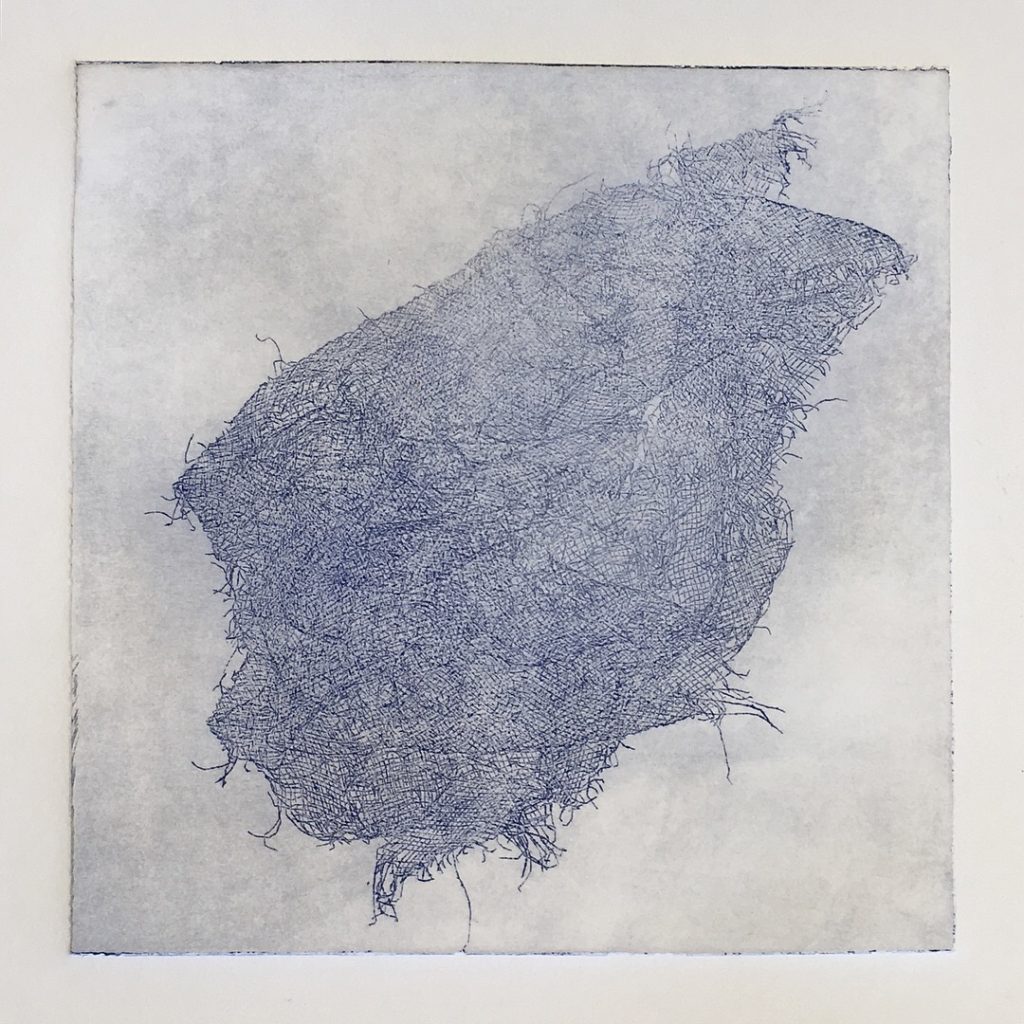
title: Untitled
date: 2017
dimensions: N/A
medium: Soft-Ground Etching, Intaglio Print
credit: Onea Clare
title: Anamnesis
an·am·ne·sis – noun: the remembering of things from a supposed previous existence
date: 2018
dimensions: variable
medium: antique ironing board, red thread, fabricated crank
VIDEO/SOUND
From “Every Piece A Part” at the Baustein Building, Holyoke, MA – April, 2018
“A Brief Encounter,” video projection, featuring Emily Shari and Theo Schiller.
“The Very Thought of You,” circa 1934, with a cello rendition by Georgia Beatty.